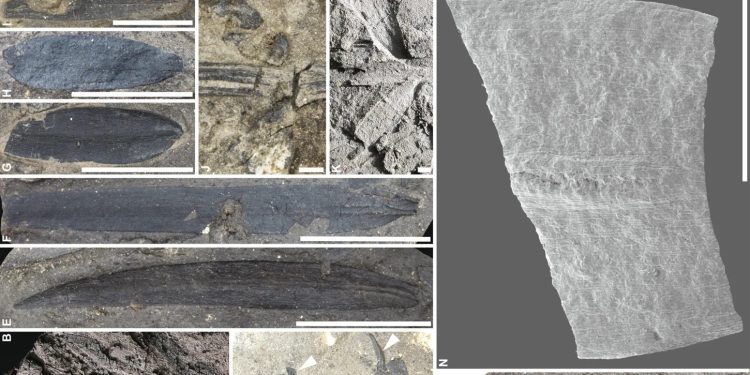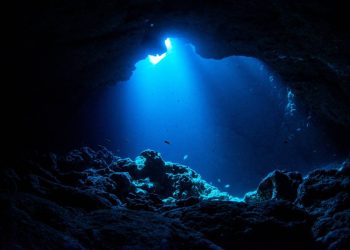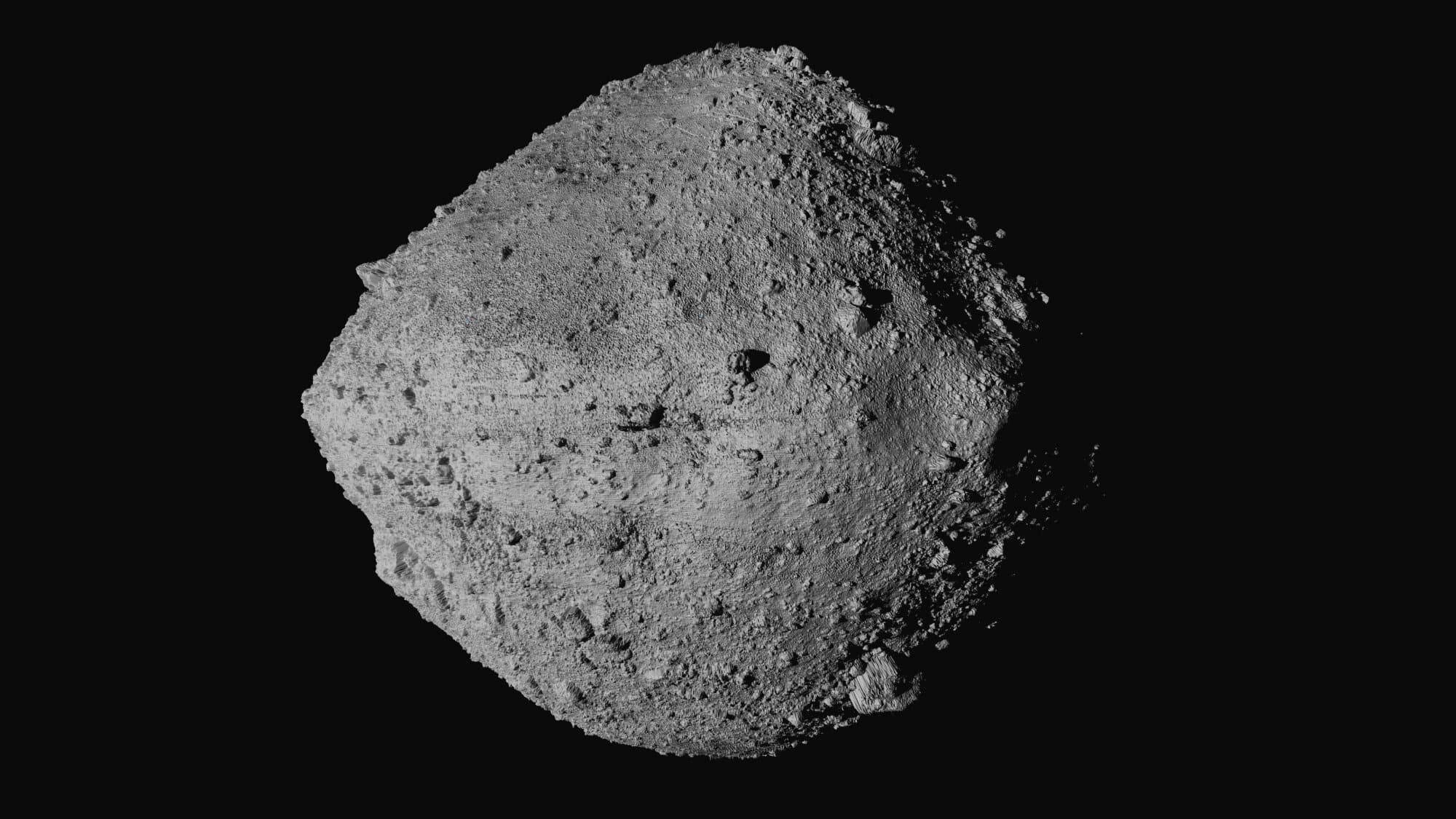Recent fossil discoveries in Tasmania have offered a glimpse into a time when dense rainforests covered the southernmost regions of the Earth. Researchers have identified 12 ancestral plant species, including previously unknown conifers, from a fossil assemblage dating back to the early Eocene epoch, about 53 million years ago. These fossils come from a circumpolar forest that thrived in an area much closer to the South Pole than today.
A Glimpse into an Ancient, Warmer Earth
Fifty million years ago, the world was a very different place. Lush rainforests blanketed modern-day Antarctica, Australia, New Zealand, and the southern tip of South America, all of which were once part of a vast landmass near the South Pole. Global surface temperatures were much warmer than they are today, averaging around 27°C (80°F), creating an environment where even polar regions could sustain verdant forests.
The discovery of plant fossils in western Tasmania sheds light on the specific species that thrived in these ancient ecosystems. Among the fossilized remains, two newly identified conifer species were found—species that had never before been recorded by science. These findings were published in the American Journal of Botany and mark a significant step in understanding the flora of Earth’s prehistoric southern rainforests.
The Polar Forest and Its Inhabitants
During the Eocene epoch, the continents of the Southern Hemisphere were still largely connected, with Australia, Antarctica, and South America forming a giant landmass around the South Pole. The warm global climate during this period, particularly during the Early Eocene Climatic Optimum (53 to 49 million years ago), allowed tropical and subtropical rainforests to thrive in polar regions.
Excavations near Tasmania’s Macquarie Harbor revealed a treasure trove of more than 400 well-preserved plant fossils. Using advanced microscopes and ultraviolet photography, scientists were able to identify 12 distinct plant species. Among these were ancestors of modern Australian flora, including the iconic Kauri, Bunya, and Wollemi pines, as well as extinct species like Podocarpus paralungatikensis and Araucaria timkarikensis. These newly discovered species were named in collaboration with the Tasmanian Aboriginal Centre, reflecting the indigenous heritage of the area.
Survival in Extreme Conditions
Despite the warmer climate of the Eocene, these ancient plants still faced the challenge of extreme seasonal light cycles near the polar regions. Like today’s Arctic and Antarctic zones, the area experienced long, dark winters followed by months of continuous daylight in the summer. To cope with these extremes, many of the fossilized plants exhibited evolutionary adaptations, such as large leaves to capture as much sunlight as possible during the summer months and a deciduous nature to conserve resources during the dark winters.
“This discovery offers us a rare glimpse into how these forests adapted to the polar environment, thriving despite the challenges posed by seasonal light extremes,” explained Miriam Slodownik, a paleobotanist from the University of Adelaide and the lead author of the study.
Insights into Ancient Climate Change and Continental Drift
The fossils also reveal a broader narrative about Earth’s climate and geological shifts. The Early Eocene was a time of significant warming, with global temperatures reaching peaks that would have had a profound impact on the distribution of flora and fauna across the continents. As tectonic plates slowly shifted, the breakup of Gondwana sent landmasses like Australia drifting northward. Fossil evidence suggests that many plant species from the ancient polar forests migrated north during this period, eventually seeding the rainforests that exist today in parts of Australia, New Zealand, and South America.
“The fossils tell the story of climate change over millions of years and the movement of tectonic plates, which shaped the world as we know it,” Slodownik added.
The discovery of these fossils not only enhances our understanding of Earth’s prehistoric ecosystems but also provides valuable insights into how plants may adapt to changing climates in the future. As the world faces rising temperatures due to human-induced climate change, studying the resilience of ancient ecosystems like these polar rainforests could offer clues about how current species might evolve to cope with similar challenges.











